The Percheron is a large breed of domestic horse, also known as a draft breed. This breed originated in France in the former province of Perche, where it gets its name.
Scientists classify all domestic horses in the species Equus caballus. Other members of the genus include several species of zebras, wild horse species, and donkeys. Read on to learn about the Percheron.
Description of the Percheron
This breed has a quite large, muscular, stocky build. Like all draft horses, they have broad chests and large bodies with powerful muscles to help them pull carts and heavy objects. Their coats typically come in a black or gray coloration.
Members of this breed typically stand between 15 and 18 hands tall at the shoulder (or withers). As a hand is equal to 4 inches, this equates to about 60 to 72 in. tall at the shoulder. For reference, a horse measuring 18 hands tall also measures about 6 ft. tall at the shoulder.
Interesting Facts About the Percheron
This breed has a number of interesting traits and characteristics. Learn more about what makes them unique, below.
- What’s in a Name? – Like many horse breeds, such as the Clydesdale, this horse gets its name from the area people originally bred it. The name “Percheron” comes from the former province in France where people originally bred this horse.
- War Horse – Though their purpose has shifted over time, breeders originally fashioned this horse as a war horse. Its large size and muscular build let the horse carry heavier loads, such as knights in full armor.
- Heavy Hauling – People quickly realized that the large frame of this breed allowed them to use the horse to haul heavy objects. People used the horses to drive stagecoaches and pull agricultural plows, among other uses.
- Early Export – Early attempts to export this breed had little success. In the first attempt to import the breed to the United States, only a single stallion survived the journey. On the second attempt, only two viable breeders succeeded.
Habitat of the Percheron
As a domestic breed, this horse does not have a “natural” habitat. People keep them on farms, fields, grasslands, meadows, pastures, and similar habitats. They live primarily in man-made habitats, and no feral populations currently exist.
Distribution of the Percheron
This horse originated in Orne, which was a part of what used to be the Perche province. The breed eventually spread throughout the rest of France and Europe. People began to export the horses in the 1800s, primarily to other regions in Europe and North America.
Nowadays, you can find this breed throughout the globe in any region that regularly keeps horses.
Diet of the Percheron
Like all horses, this breed has herbivorous feeding habits. This means it eats plants, and does not eat other animals. They feed primarily upon grasses. However, people supplement domestic horses with grains as well. You can find a wide variety of commercially produced horse feeds, and people also supplement their diet with hay as well.
Percheron and Human Interaction
Researchers are not quite sure how this breed originated. Wherever the original ancestors came from, selective breeding resulted in larger, more muscular horses.
People originally used this breed as a war horse, but they have also used these horses for a variety of tasks, including pulling plows, hauling heavy objects, driving passenger carriages, and for show.
Domestication
Researchers believe that people began to develop this breed sometime in the 17th century. Their breeding continued well into the 19th century, with multiple Arabian stallions added to their bloodlines. France created the first stud book for the breed in 1893, and the first breeder registration in 1910.
Does the Percheron Make a Good Pet
Yes, this breed can make a good pet to the right person. Some describe them as “gentle giants” for their calm demeanor. However, with any horse breed you should fully understand the commitment you undertake. Their feeding, sheltering, and medical care can be quite expensive and time consuming.
Percheron Care
Just like any other breed, these horses have a social nature and do best in a group, known as a herd. They need large pastures with plenty of grass to eat, and you should also supplement their diet with grain and hay as well. Additionally, you must provide access to fresh water at all times, and shelter of some form.
Given their large size, their care differs slightly from the average horse. Their shelter and feed requirements must reflect this to provide proper care.
Behavior of the Percheron
This versatile breed has a calm disposition and a gentle demeanor. You can easily harness this breed to pull carts or agricultural equipment. It also readily takes to a saddle for riding. Overall, many describe the breed as a “gentle giant.”
Reproduction of the Percheron
This breed has the same reproductive rates as any other breed of horse. The breeders generally select a desired stallion to breed with the mare. After mating, the mares undergo a gestation period of approximately 11 months, though this ranges slightly.
For the vast majority of births, mares give birth to a single offspring, known as a foal. The weaning process generally begins when the foal is between four and six months old.

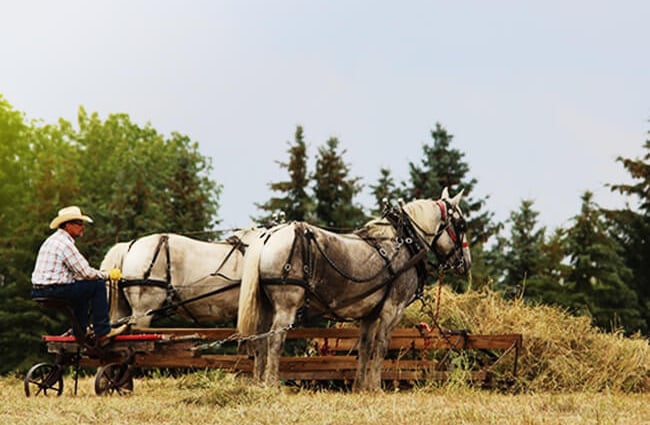
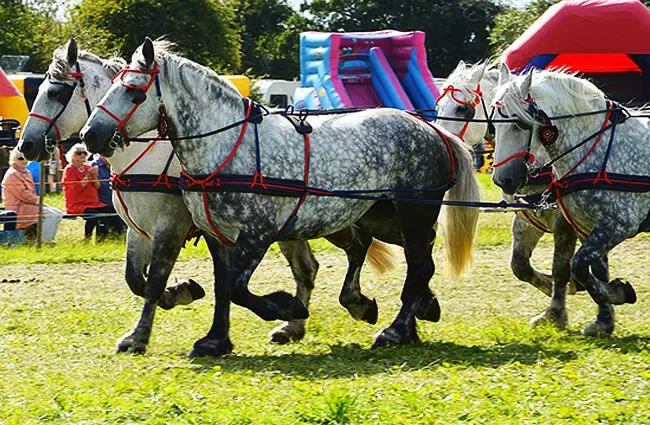
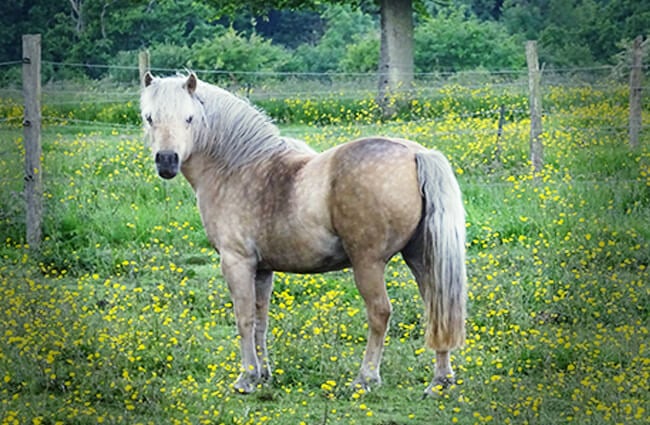
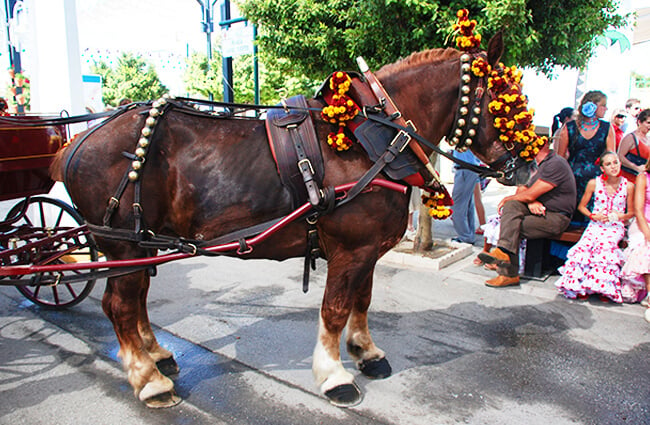

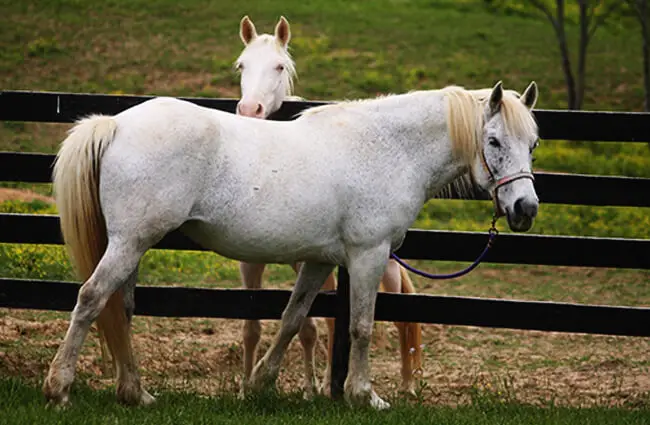
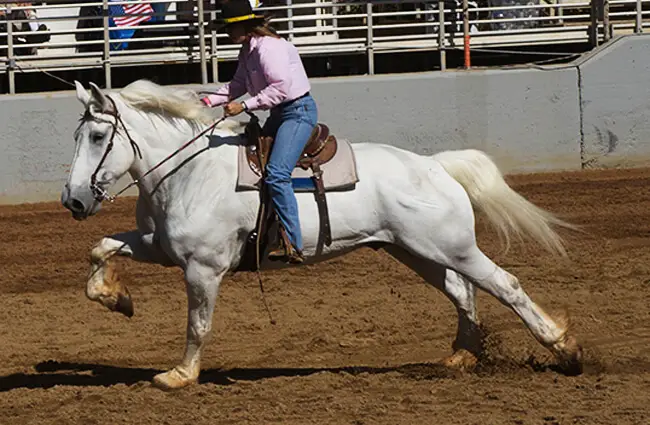
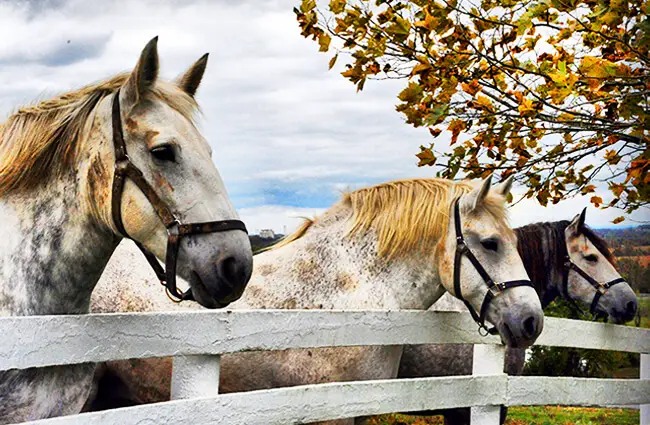
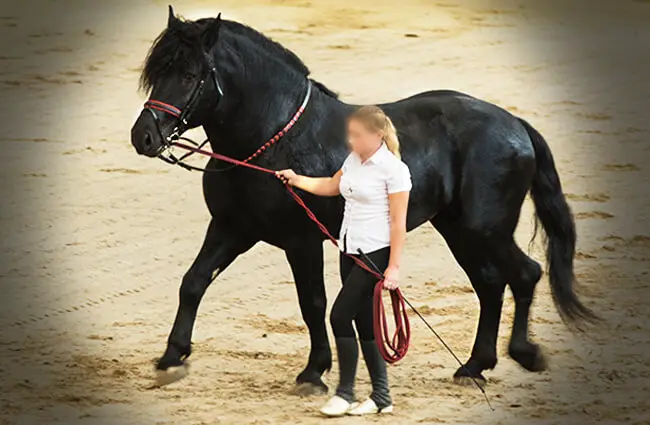
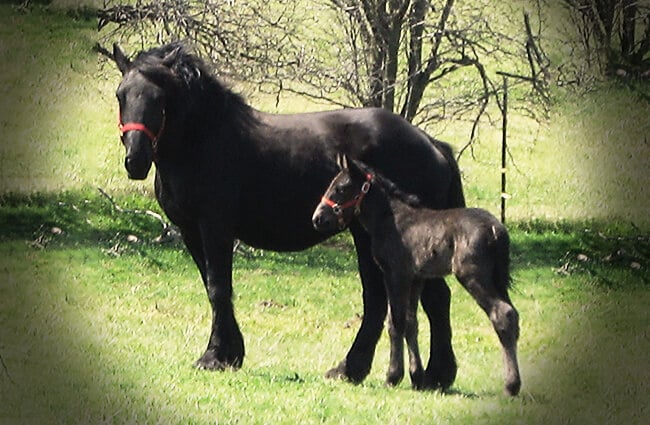
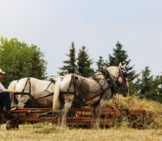
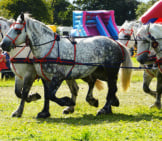
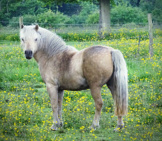
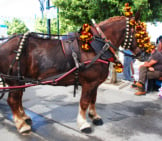

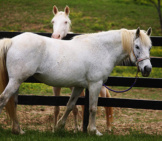
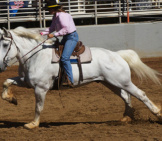
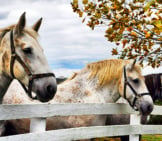
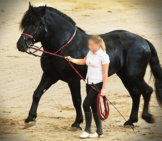

![Red Angus Closeup of a beautiful Red Angus cowPhoto by: U.S. Department of Agriculture [pubic domain]https://creativecommons.org/licenses/by/2.0/](https://animals.net/wp-content/uploads/2020/03/Red-Angus-4-238x178.jpg)


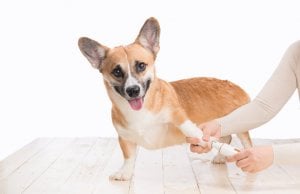
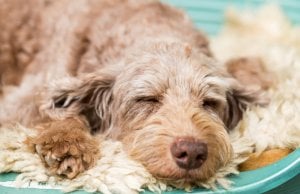



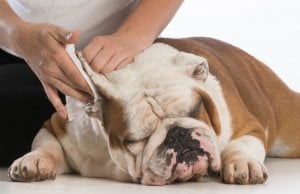



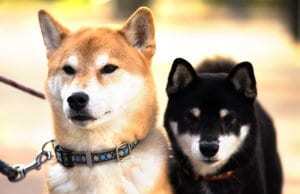
![Red Angus Closeup of a beautiful Red Angus cowPhoto by: U.S. Department of Agriculture [pubic domain]https://creativecommons.org/licenses/by/2.0/](https://animals.net/wp-content/uploads/2020/03/Red-Angus-4-100x75.jpg)

